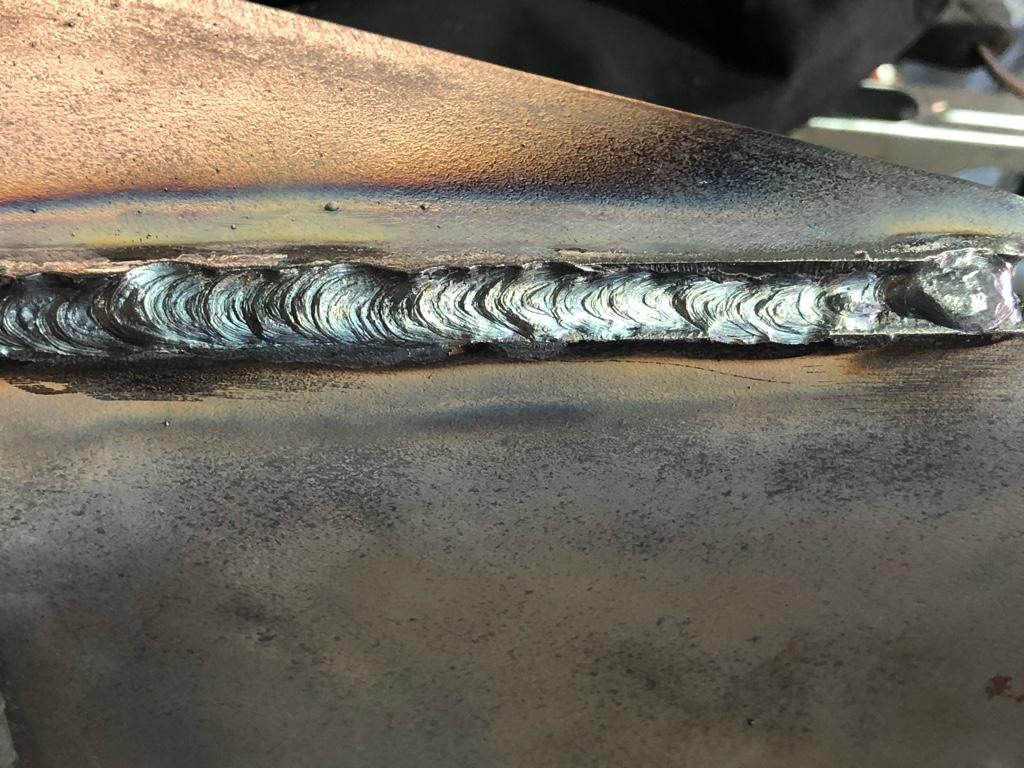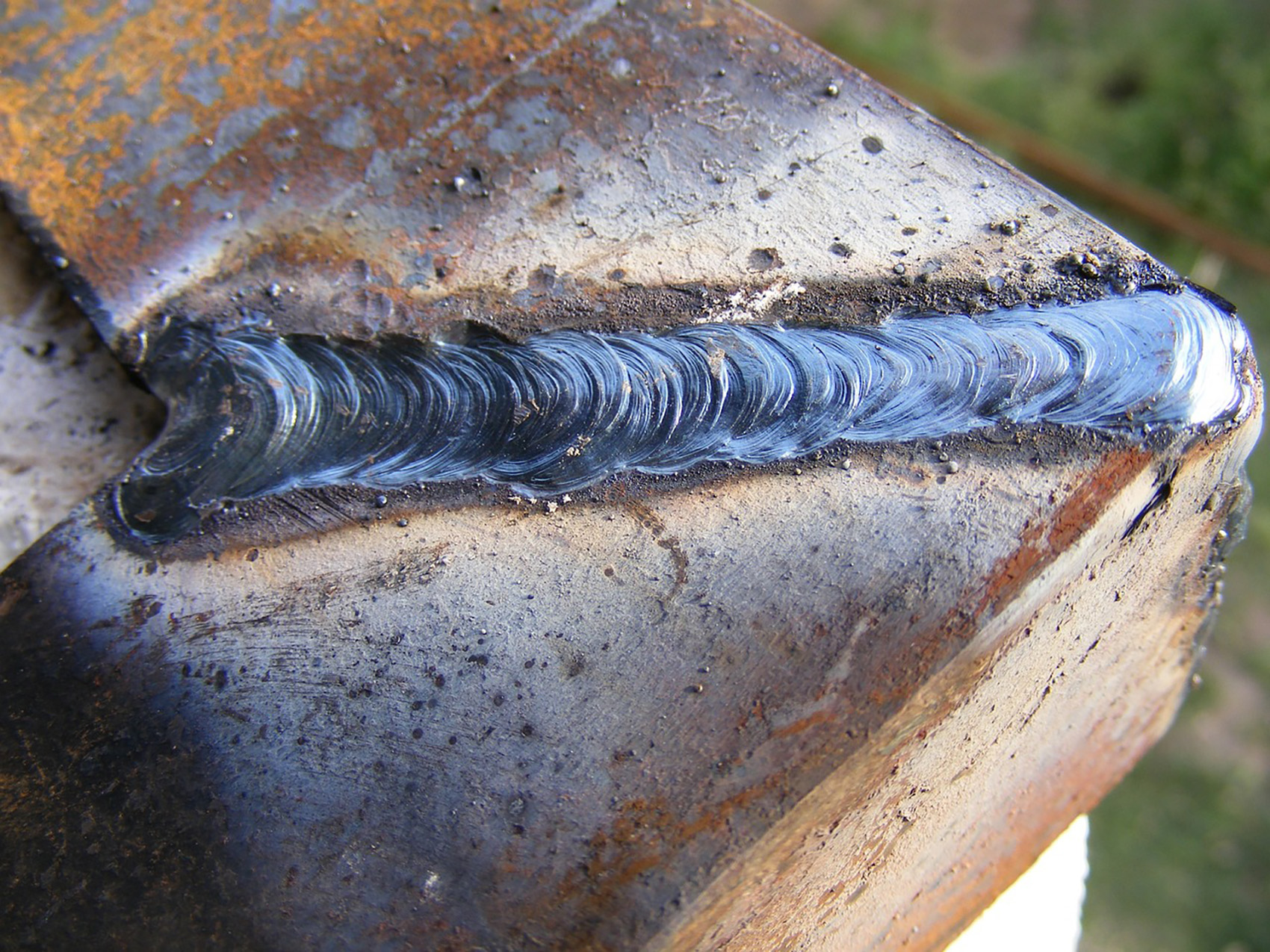Preventing Weld Undercut: Proven Approaches Every Welder Need To Know
Preventing Weld Undercut: Proven Approaches Every Welder Need To Know
Blog Article
Vital Tips for Welders: Protecting Against Undercut Welding and Ensuring Stronger Weld Joints
In the world of welding, achieving solid and sturdy weld joints is the keystone of generating high-grade job. One usual obstacle that welders typically experience is undercut welding, which can compromise the stability of the weld joint.

Comprehending Undercut Welding
Undercut welding is a common welding problem that happens when the weld steel stops working to effectively fill the groove and results in a groove-like anxiety along the weld bead. This issue damages the weld joint, making it at risk to fracturing and failing under stress and anxiety. Damaging can be triggered by various elements, including extreme welding current, high welding speed, incorrect electrode angle, inaccurate electrode size, and poor welding technique.
Among the major factors for undercut welding is a discrepancy between the welding present and the welding speed. If the welding current is too expensive or the welding speed is as well fast, the weld steel may not effectively fill the groove, bring about damaging. Furthermore, utilizing an electrode that is too big can cause a comparable result, as the excess metal can not correctly flow into the groove.
To avoid undercut welding, welders should guarantee they are utilizing the appropriate welding parameters, maintain a suitable electrode angle, pick the proper electrode size, and technique appropriate welding methods. By attending to these elements, welders can decrease the danger of undercutting and develop stronger, a lot more reliable weld joints.
Proper Welding Strategy
Effective welding method plays an important duty in ensuring the high quality and stability of weld joints. One basic aspect of appropriate welding strategy is keeping the correct angle and distance between the welding gun and the work surface.
In addition, a consistent and regular hand activity is crucial for creating strong and resilient weld joints. Welders must go for smooth, uniform motions to ensure even distribution of the weld material. Proper manipulation of the welding gun and filler product is also essential to accomplishing optimal penetration and fusion.
Additionally, managing the warmth input and picking the proper welding criteria based upon the material being welded are vital consider attaining high-quality welds - Preventing weld undercut. Welders ought to adhere to the suggested setups given by welding procedure requirements and readjust them as needed based on the details requirements of the job. By understanding correct welding methods, welders can substantially improve the toughness and dependability of their weld joints
Selecting the Right Electrode
Preserving the correct angle and range between the welding gun and the workpiece is basic when thinking about the significance of choosing the ideal electrode in welding applications. The choice of electrode plays an essential duty in figuring out the quality and stamina of the weld joint. Electrodes can be found in different kinds, each designed for certain purposes and materials.
First of Learn More all, selecting the suitable electrode size is vital. Thinner electrodes appropriate for welding thin products, while thicker electrodes are better for thicker products and higher warm applications. Matching the electrode size to the density of the workpiece assists attain a balanced weld.
Second of all, understanding the material structure of the electrode is essential. Different electrodes are created for welding details products like steel, stainless steel, aluminum, or cast iron. Using the appropriate electrode material makes sure excellent blend and decreases the risk of defects in the weld.
Lastly, taking into consideration the welding placement and strategy is essential when selecting the electrode type. Particular electrodes are much better fit for overhanging or upright welding placements, while others function well for flat or horizontal placements. Picking the best electrode based on the welding technique boosts the total weld high quality and stability.
Preparing the Base Metal
To make certain a successful welding procedure, what preliminary steps should be taken when preparing the base steel for welding? Additionally, any type of existing published here weld material or deposit from previous welding should be eliminated to make sure a tidy surface for the brand-new weld.

Performing Post-Weld Evaluations

After performing these assessments, welders have to compare the results versus sector requirements and job demands to ensure that the weld joint satisfies next page all required criteria. Any kind of variances or insufficiencies uncovered throughout the post-weld inspection ought to be immediately resolved via ideal rehabilitative actions to assure the weld's honesty. By faithfully carrying out post-weld inspections and promptly addressing any kind of concerns, welders can maintain the high quality and dependability of their work, ultimately contributing to the safety and security and long life of the bonded structures.
Conclusion

Finally, protecting against undercut welding and making certain more powerful weld joints need a combination of correct welding strategy, selecting the right electrode, preparing the base steel properly, and conducting post-weld inspections. By recognizing the sources of undercut welding and implementing the necessary safety measures, welders can generate high-quality weld joints that fulfill market standards and make sure the structural honesty of the welded parts.
Undercut welding is a common welding issue that happens when the weld steel fails to effectively fill up the groove and results in a groove-like depression along the weld bead (Preventing weld undercut). Damaging can be triggered by different elements, consisting of excessive welding present, high welding rate, incorrect electrode angle, wrong electrode size, and bad welding method
One of the primary reasons for undercut welding is a discrepancy in between the welding existing and the welding speed. If the welding current is also high or the welding speed is too quick, the weld metal might not sufficiently fill the groove, leading to damaging.Maintaining the proper angle and distance between the welding gun and the work surface is basic when thinking about the significance of picking the right electrode in welding applications.
Report this page